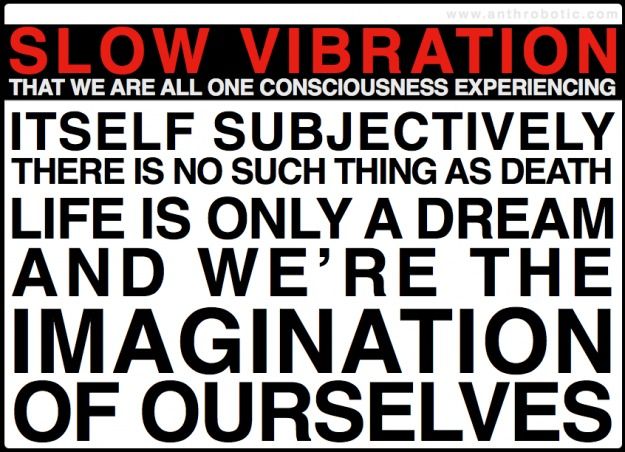Oct 29, 2012
The Kline Directive: Theoretical-Empirical Relationship (Part 5b)
Posted by Benjamin T. Solomon in categories: defense, education, engineering, philosophy, physics, policy, scientific freedom
To achieve interstellar travel, the Kline Directive instructs us to be bold, to explore what others have not, to seek what others will not, to change what others dare not. To extend the boundaries of our knowledge, to advocate new methods, techniques and research, to sponsor change not status quo, on 5 fronts, Legal Standing, Safety Awareness, Economic Viability, Theoretical-Empirical Relationships, and Technological Feasibility.
In this post I discuss part 2 of 3, Mathematical Construction versus Mathematical Conjecture, of how to read or write a journal paper that is not taught in colleges.
I did my Master of Arts in Operations Research (OR) at the best OR school in the United Kingdom, University of Lancaster, in the 1980s. We were always reminded that models have limits to their use. There is an operating range within which a model will provide good and reliable results. But outside that operating range, a model will provide unreliable, incorrect and even strange results.
Doesn’t that sound a lot like what the late Prof. Morris Kline was saying? We can extrapolate this further, and ask our community of theoretical physicists the question, what is the operating range of your theoretical model? We can turn the question around and require our community of theoretical physicists to inform us or suggest boundaries of where their models fail “ … to provide reasonability in guidance and correctness in answers to our questions in the sciences …”
Continue reading “The Kline Directive: Theoretical-Empirical Relationship (Part 5b)” »









